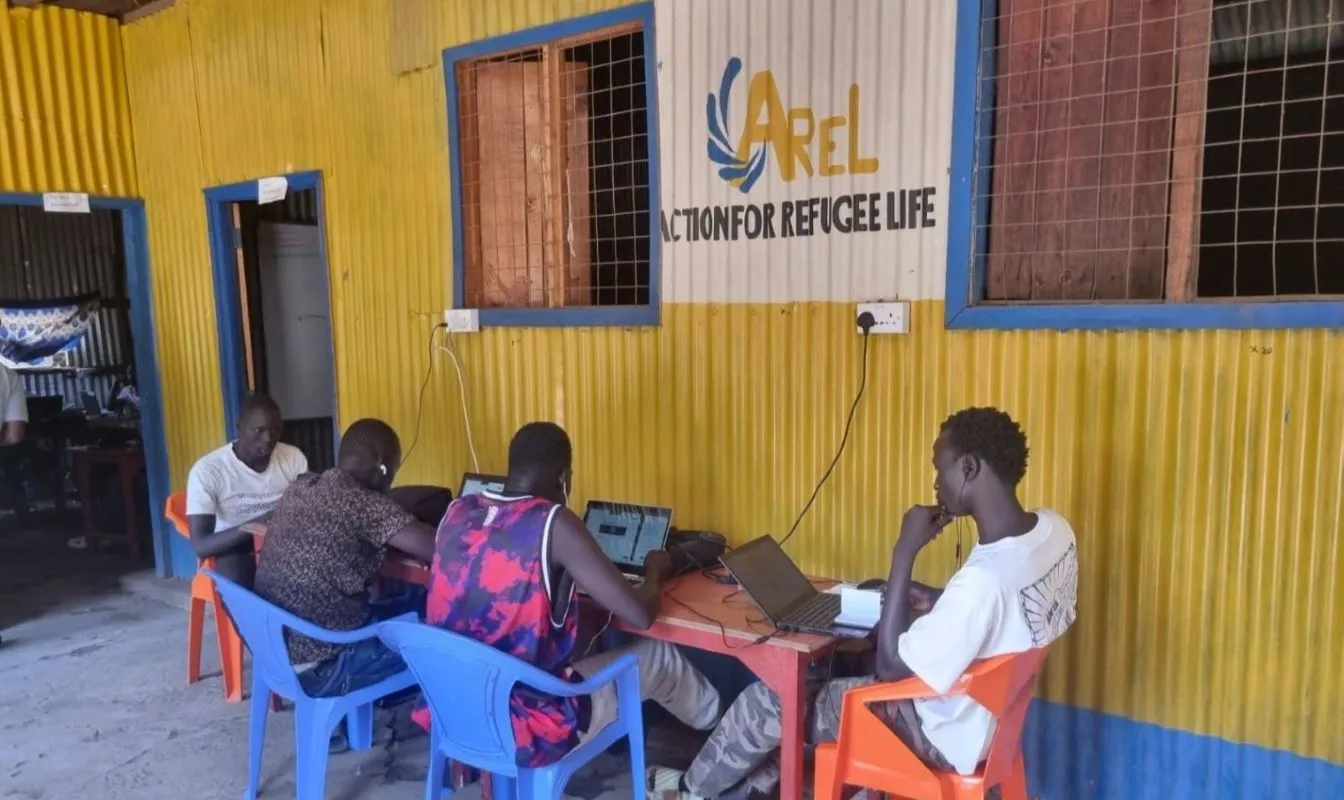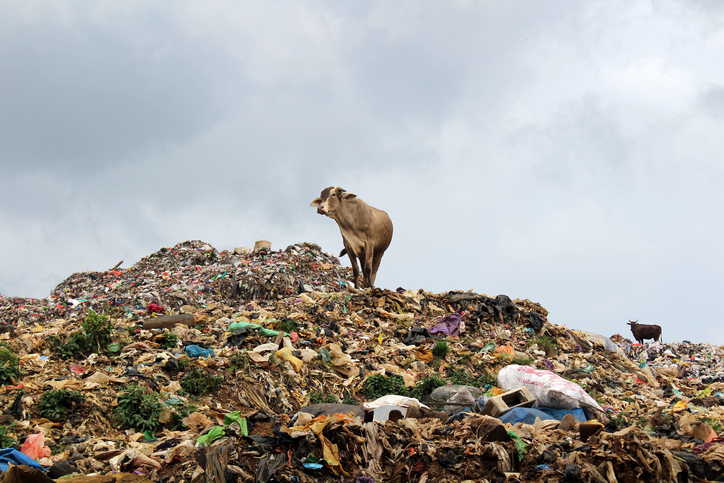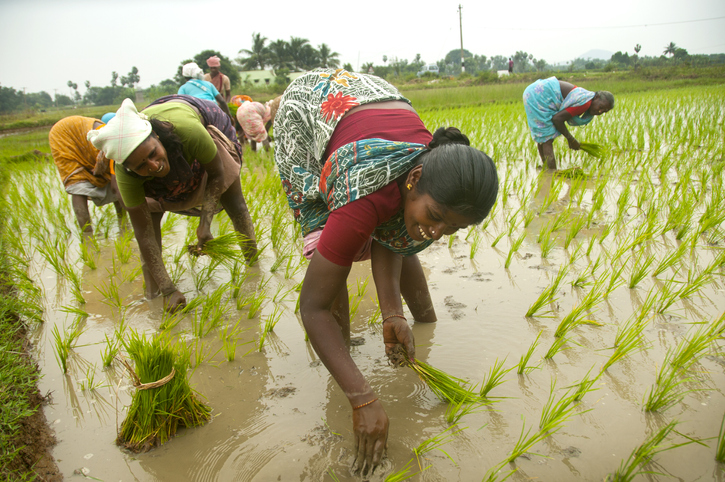As India continues to combat the pandemic, the impact on economic activity remains a major concern. Drawing lessons from the first wave in 2020, this column assesses how containment measures have influenced aggregate economic outcomes. During the graded ‘unlock’ after the national lockdown in 2020, economic recovery was 9.3% lower in districts with maximum mobility restrictions compared with those that had minimal restrictions. Household incomes were hit harder than consumption.
India continues to battle Covid-19, which had affected an estimated 34.2 million people by early November 2021, with covid19India.org reporting over 458,000 deaths cumulatively.
One widely adopted approach to combating infections is restricting mobility. During the first wave of infections in India in March to May 2020, the government implemented the ‘world’s strictest lockdown’. This severely disrupted business activity and mobility, with millions of migrants traveling back to their villages as opportunities for work in the cities dried up.
These migrants faced considerable difficulties, often walking or cycling hundreds of kilometers, staying in poorly resourced relief camps, isolated from families and other sources of support, and unable to access food or healthcare. Surveys by the international NGO ActionAid show a large impact on informal sector workers, with lockdowns leading to long-term livelihood destruction, higher household debt, lower consumption, and greater hunger.
Lives versus livelihoods
The rationale behind implementing lockdowns is to curtail the spread of Covid-19, and to reduce the consequent burden on the healthcare system to save lives. In addition, lockdowns may make it possible for quicker resumption of normal economic activity over time. But the trade-off with lockdowns implies short-run pauses in economic activity.
A lockdown potentially affects developing countries more since the infrastructure for working from home and the extent of digitization are less than in advanced economies. A larger share of households depends on daily incomes, and the safety nets of social protection are much weaker.
In recent research, we examine the economic implications of a graded ‘unlock’ in May and June 2020, when the central government decided to vary containment rules across districts. As countries face the uncertainty of further waves of Covid-19, we provide estimates of aggregate economic costs in the short run that a developing country could face from lockdowns by examining the Indian case.
How did zonal containment affect economic activity?
India’s government announced a comprehensive nationwide lockdown on 25 March 2020, which was implemented uniformly across all states and districts. During this phase, nearly all offices, commercial and private establishments, industrial units, as well as public services were closed. Most transport services – including international and domestic flights, railways, and roadways – were suspended. Hospitality services and educational institutions were shut.
This nationwide lockdown lasted until 3 May 2020. A detailed World Bank study found that night-time light intensity in India dimmed during the strict national lockdown in March and April compared with earlier months.
To facilitate a gradual resumption of economic activity, the government announced a differentiated unlock of districts with three zone categories: 130 districts as red zone districts, 284 as orange zone districts, and 319 as green zone districts (see Figure 1).
From 4 May 2020, districts were categorized based on multiple criteria, including the incidence of cases, the extent of testing, and vulnerability to the pandemic. The Ministry of Health and Family Welfare defined red zones (with maximum restrictions) as districts with the highest caseloads and a doubling rate of under four days, orange zones with intermediate restrictions, and green zones with minimum restrictions where districts had no active cases in 21 days. District-level mobile phone location data from Google and Facebook corroborated that these restrictions were indeed effective in reducing mobility.
Using a research technique that makes it possible to compare the evolution of outcomes over time in groups that have been exposed to a particular intervention with similar groups that have not (‘differences-in-difference’), we measure the impact of these graded zone classifications on high frequency night-time light intensity.
Night light data (which are sourced from NASA satellites orbiting the earth) are a commonly used proxy for aggregate economic activity. We examined districts during the months of May and June 2020, comparing them with March and April 2020, when lockdown restrictions were uniform.
Figure 1. District containment zones

Source: Authors’ image.
Our central finding is that the economic recovery, as measured by night-time light intensity, was lower by 9.3% in red zone districts (where restrictions were maximum) relative to green zone districts (with minimal restrictions). The same measure indicates that the recovery was 1.6% lower in orange zone districts compared with green zone districts. These results are not driven by India’s large metropolitan cities and hold even when they are excluded from the analysis.
We also analyze the impact of the red, orange, and green zones on household-level consumption and income. Monthly surveys of Indian households conducted by the Centre for Monitoring Indian Economy suggest that lower household income and reduced consumption are important channels through which the zonal restrictions affected night-time light intensity.
Some districts were more affected by the restrictions than others. For example, more developed districts with above-median population density, share of employment in services, credit per capita, and average age experienced larger impacts.
Lessons for the continuing battle with Covid-19
As India has battled the second wave of Covid-19 in 2021, state governments have imposed new mobility restrictions while trying to maintain economic activity. The strategy of announcing state lockdowns and micro-containment zones in 2021 could lead to less severe economic effects than the nationwide lockdown in 2020.
A closer look at the lessons from the first wave indicates that district-specific characteristics, such as age, population density, and the share of the contact-intensive service sectors, are important determinants of the impact on economic activity.
Our finding that household incomes declined more than consumption in 2020 points to the importance of maintaining livelihoods while battling Covid-19. In this respect, public programs targeting employment and income generation of low-skilled workers could potentially hedge against job losses and wage reductions.
In the initial stages of the pandemic, no vaccine was available. Thus, the central policy trade-off was not between lockdowns and vaccines, but choosing between different intensities of lockdowns.
As vaccines were developed and manufactured, a debate in many developing countries has been whether public funds should be used to pay for vaccinations and public healthcare expenditures. Our analysis points to the economic costs of containment measures to combat Covid-19, which provide a benchmark for the benefits from improving access to public health and vaccines.








